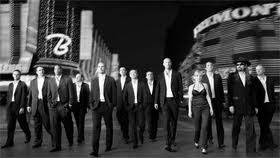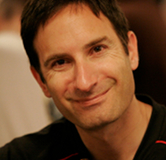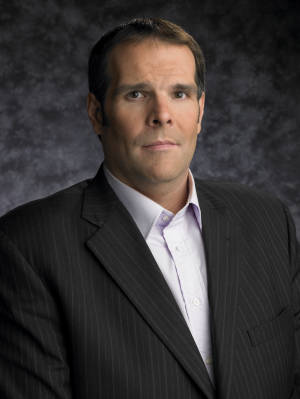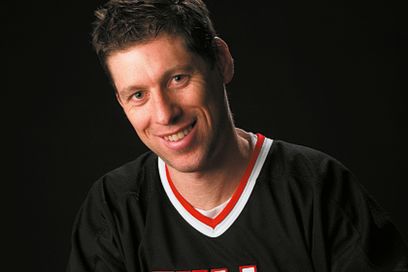
By Team Full Tilt
"Poker is a tough business," says Erik Seidel. "You can play for a long time and nothing win." When things go wrong, you do any stock exchange in tournaments or you can't win no pot in the cash games, you begin to understand the importance of having an appropriate bankroll.
But what size should your bankroll? How much should you have banked to not be penniless after a difficult past? The Full Tilt Poker pros agree that the answer depends on several factors, as your playing style, type of variant in which you play, your limit, the level of competition, and your psychological dispositions.
As Jennifer Harman says, "some players can be very effective with a tiny bankroll and others prefer to be more comfortable. They become quickly fearful and begin to stress quickly when they don't have enough money in their bankroll", so you must be aware of your level of comfort at the table. If you're nervous every time you play a pot is that you play probably too high for your bankroll. Harman, as the other members of Team Full Tilt, recommend a conservative approach and suggests maintaining a bankroll that gives you the freedom to have the downswings. "If you play in the $10-$20 limit, I believe that $10,000 is what need you" says Harman.
John D'Agostino agrees: "You should never play at a limit where you're not comfortable." He suggests to never put more than 5% of his bankroll into play at any time.
The needs for a bankroll of tournaments must be larger than in cash games. Erik Seidel, a specialist in tournaments mentions that the long sequences without scholarships are common in tournaments. "If you wanted to play all the tournaments to $10,000, you should spend half a million a year," says Seidel. "Even players of global classes can do any stock exchange during a whole year, so having an adequate bankroll is essential."
"You need a larger bankroll when you play tournaments that when you play the cash games or sit ' go ' says Chris Ferguson. "Many people play tournaments without having the adequate bankroll. You must have 100 buy-ins. Maybe even 200. »
Play higher limits that your bankroll allows you may be correct for a while, but all the pros agree that you must have lot of money before you to face the difficult shots, the unlucky passes, errors. D'Agostino, one of the best young players of poker gives one last tip ending: "never play in heads up with Phil Ivey. I tried it once, and I failed miserably. »
But what size should your bankroll? How much should you have banked to not be penniless after a difficult past? The Full Tilt Poker pros agree that the answer depends on several factors, as your playing style, type of variant in which you play, your limit, the level of competition, and your psychological dispositions.
As Jennifer Harman says, "some players can be very effective with a tiny bankroll and others prefer to be more comfortable. They become quickly fearful and begin to stress quickly when they don't have enough money in their bankroll", so you must be aware of your level of comfort at the table. If you're nervous every time you play a pot is that you play probably too high for your bankroll. Harman, as the other members of Team Full Tilt, recommend a conservative approach and suggests maintaining a bankroll that gives you the freedom to have the downswings. "If you play in the $10-$20 limit, I believe that $10,000 is what need you" says Harman.
John D'Agostino agrees: "You should never play at a limit where you're not comfortable." He suggests to never put more than 5% of his bankroll into play at any time.
The needs for a bankroll of tournaments must be larger than in cash games. Erik Seidel, a specialist in tournaments mentions that the long sequences without scholarships are common in tournaments. "If you wanted to play all the tournaments to $10,000, you should spend half a million a year," says Seidel. "Even players of global classes can do any stock exchange during a whole year, so having an adequate bankroll is essential."
"You need a larger bankroll when you play tournaments that when you play the cash games or sit ' go ' says Chris Ferguson. "Many people play tournaments without having the adequate bankroll. You must have 100 buy-ins. Maybe even 200. »
Play higher limits that your bankroll allows you may be correct for a while, but all the pros agree that you must have lot of money before you to face the difficult shots, the unlucky passes, errors. D'Agostino, one of the best young players of poker gives one last tip ending: "never play in heads up with Phil Ivey. I tried it once, and I failed miserably. »
Play against the pros at FullTilt Poker




